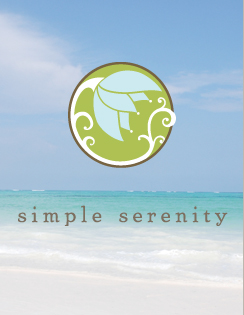“Be what you are: intelligence and love in action.”
—Nisargadatta Maharaj
Hakomi, or body-centered, assisted self-study, is being taught around the world and practiced by many psychotherapists, body workers and health consultants. But what is it? Where does the name come from? And how can it benefit my life? In this three-part blog series, I will attempt to clarify this form of therapy and healing and in doing so share a bit of my own experience in a three-year study program in Hakomi. In the final blog, I will share why I believe Hakomi is the healing balm for our world. Let’s get started!
Hakomi is a mindfulness-based, body-oriented form of psychotherapy that was created by the late Ron Kurtz in the latter 1970’s and early 1980’s. It is an elegant, comprehensive and highly effective approach to human change and development. “Hakomi” is a Hopi Indian word meaning, “Who am I?” And so, Hakomi is an in depth therapy of applied mindfulness where, by incorporating assisted self-discovery and self-learning, we come to know ourselves.
The practice of Hakomi is based on the understanding that unconscious beliefs and habits cause much of our suffering and unhappiness. With Hakomi, we gently access those unconscious habits of mind and behavior bringing them into everyday awareness so they can be recognized, modified and healed.
The core of the work of Hakomi can be described as three-fold:
- To create a trusting and rich relationship that allows a person to turn inward and explore his or her present experience
- To follow those experiences toward the core material where they begin
- To pursue ways to heal the core material and to experience a rich and fulfilling life as a result
The ultimate goal of Hakomi is the discovery of the possible, the transformation of limiting self-imposed beliefs, and personal empowerment, which results from new freedom and new options.
Hakomi is “experiential” in the sense that we move from everyday conversations to doing little experiments in mindfulness where we have an opportunity to access body sensations and emotional states – to study internal experiences. In the process, it becomes possible to see one’s life as a journey and to learn something about the internal landscape as we go along.
It is important to understand that we are not intellectualizing or analyzing anything – rather, we are accessing a previous experience, a wound or a limiting belief and in doing so, we come to know it consciously. Once these internal unconscious habit patterns can be known, different choices can be made. And so, these unhealthy and unhelpful beliefs that have been in the driver’s seat of our lives can be discovered, changed and healed.
To sum it up: Hakomi therapy is “body-centered” because it makes use of the wealth of information and resources stored in the body. It is “mindfulness-based” because it uses mindfulness (or being in the present moment) to access the information stored in the body. These two attributes work together to provide new awareness and understanding that form a basis for healing and change.
Hakomi utilizes the present moment as a rapid and experiential access route to unconscious material. Guided by the principles of mindfulness and gentleness, the Hakomi method is compassionate and respectful and therefore a powerful form of personal exploration that uses the wisdom of the body to pursue core evolution and deepen awareness that goes beyond simple insight.
As Frieda Fromm Reichman states: “The patient needs an experience, not an explanation.” Typical healing outcomes include lasting change in deeply held emotional attitudes, beliefs and behavior leading to a life of more freedom, richness and meaning.
If this overview of Hakomi speaks to you, please stay tuned for the second part of this three-part series, which will briefly explore my own experience with three years of Hakomi practice and how it might be healing for others. We will also look at what a typical session looks like and what might be expected when seeking a Hakomi therapist.


[…] Part I – What Is Hakomi? […]